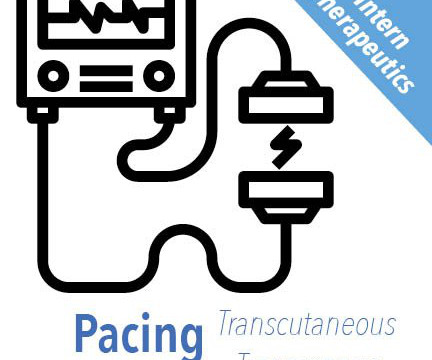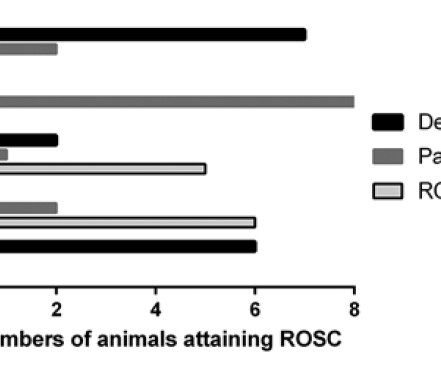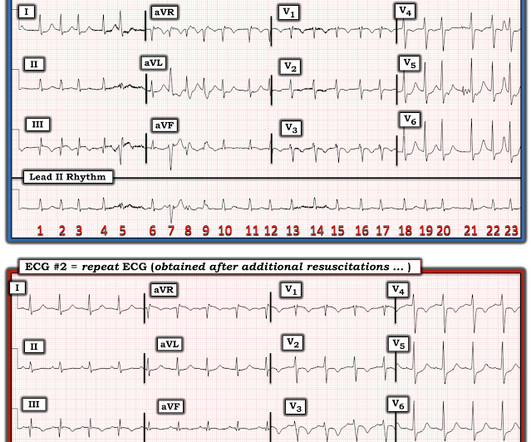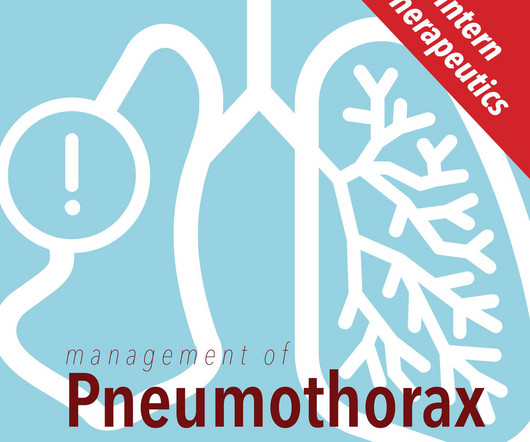Grand Rounds Recap 7.12.23
Taming the SRU
JULY 19, 2023
Fundamentals of ECMO - leadership curriculum - ultrasound GR - macgyver techniques fundamentals of ecmo WITH dr. bonomo ECPR from the ED: The ideal patients: Young patients with refractory VF/VT arrest ≤ 30 min since arrest onset Poisonings with cardiogenic shock Severe hypothermia with arrest Massive PE with arrest Key points: Good CPR/advanced ACLS (..)




























Let's personalize your content